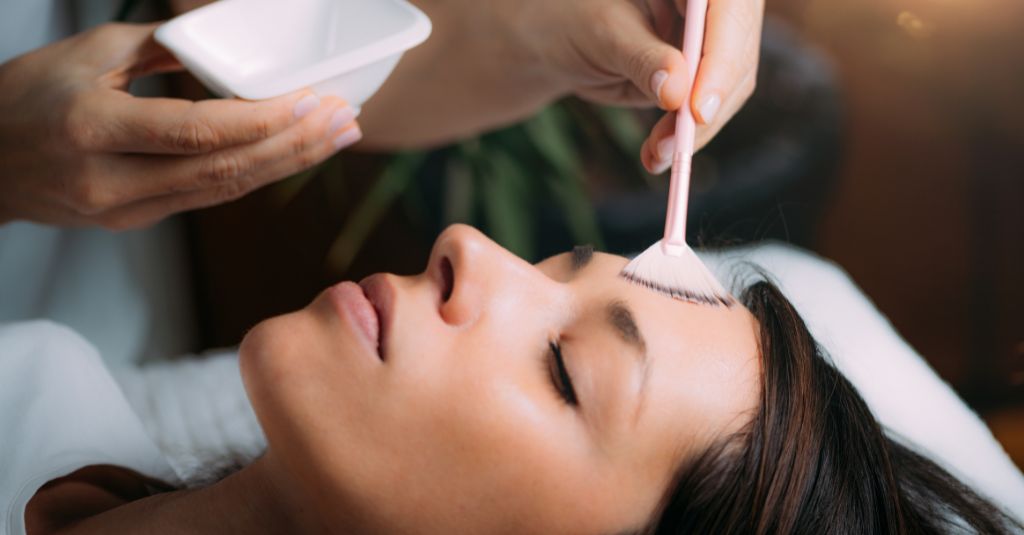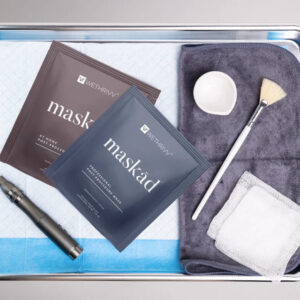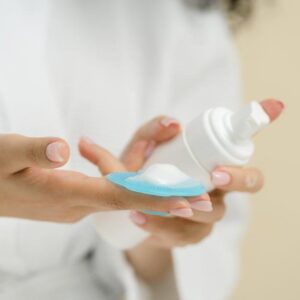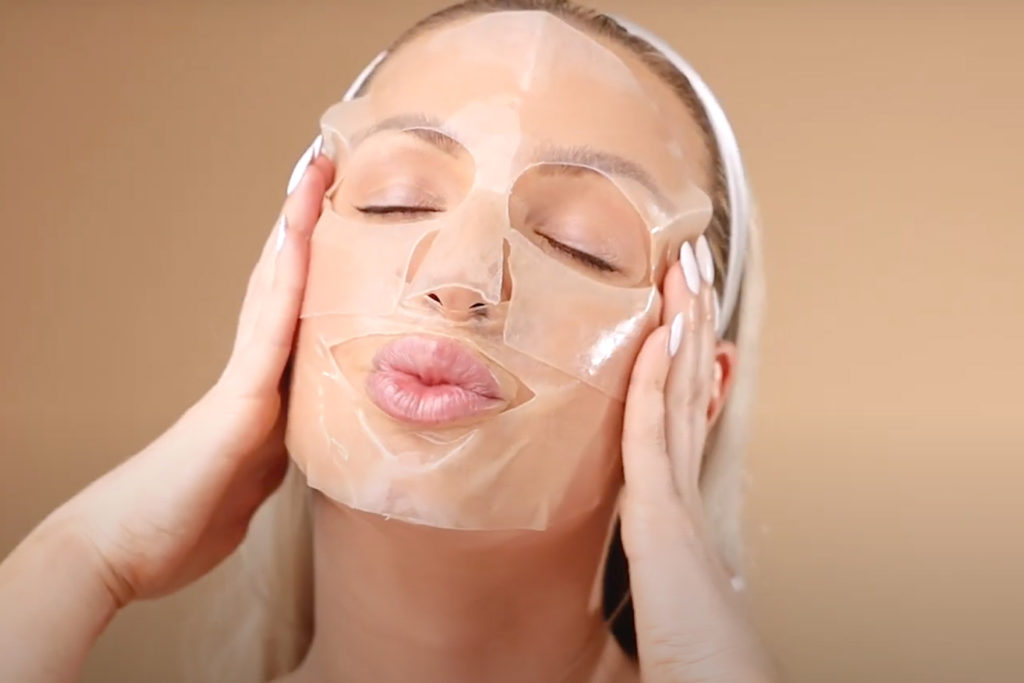
The Ultimate Guide to Chemical Peels and Microdermabrasion: Do’s and Don’ts
Are you on a quest for smoother, more radiant skin? Chemical peels and microdermabrasion are two powerful treatments that can help you achieve your skincare goals. However, navigating these procedures requires some knowledge to ensure you get the best results without any mishaps. In this guide, we’ll explore the do’s and don’ts of chemical peels and derma roller how to use and to help you make informed choices and achieve that glowing complexion you’ve always desired.
Chemical Peels:
Do: Consult a Professional
1. Consultation is Key: Consult a qualified dermatologist or skincare professional before getting a chemical peel. They can assess your skin type, and concerns, and recommend the right peel for you.
2. Follow Pre-Treatment Instructions: If your provider gives you pre-treatment instructions, such as avoiding sun exposure or discontinuing certain skincare products, follow them diligently. This ensures optimal results and minimizes the risk of complications.
3. Stay Sun-Safe: Your skin will be more sensitive to UV rays after a chemical peel. Make sunscreen a non-negotiable part of your daily routine, and wear protective clothing and a wide-brimmed hat when outdoors.
4. Maintain Post-Treatment Care: Use gentle, hydrating products recommended by your provider during the recovery period. Avoid picking at peeling skin to prevent scarring.
Don’t: Go Overboard
1. Don’t Overdo It: Excessive chemical peels can damage your skin’s natural barrier and lead to irritation. Stick to the recommended treatment schedule provided by your professional.
2. Avoid DIY Peels: It’s tempting to try DIY chemical peels at home, but this can be risky. Professional supervision is crucial to ensure the right peel strength for your skin.
Microdermabrasion
Do: Choose a Certified Provider
1. Seek a Professional: Opt for a licensed and experienced esthetician or dermatologist to treat your microdermabrasion. They will have the expertise to customize the treatment for your skin type.
2. Ask Questions: Don’t be shy about asking questions. Inquire about the procedure, what to expect, and any potential side effects.
Don’t: Overuse Microdermabrasion
1. Avoid Frequent Sessions: Derma roller is effective, but too frequent sessions can irritate the skin. Follow your provider’s recommendations regarding the ideal frequency for your skin.
2. Skip Sun Protection: Like chemical peels, microdermabrasion makes your skin more susceptible to sun damage. Protect your skin with sunscreen and cover up when you’re outside.
General Tips for Both Treatments:
1. Hydrate: Keep your skin well-hydrated before and after these treatments. Hydration aids in the healing process and maintains skin health.
2. Avoid Active Ingredients: Steer clear of harsh or active skincare ingredients (e.g., retinoids, acids) for a few days before and after these treatments to prevent irritation.
3. Listen to Your Skin: If your skin feels overly sensitive, inflamed, or irritated after a session, contact your provider for guidance.
Chemical peels and derma roller can work wonders for your skin, but it’s crucial to approach them with care and caution. Prioritize consultations with skincare professionals, follow their guidance, and maintain proper post-treatment care. By adhering to the do’s and don’ts outlined in this guide, you’ll be on your way to achieving a smoother, more radiant complexion safely and effectively.
Recommendation to read:





